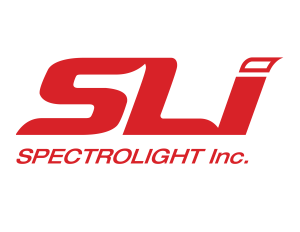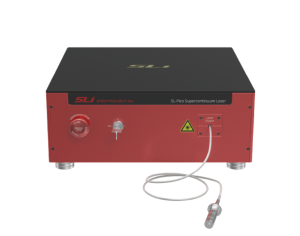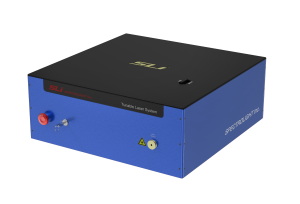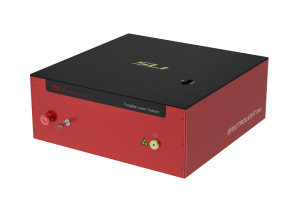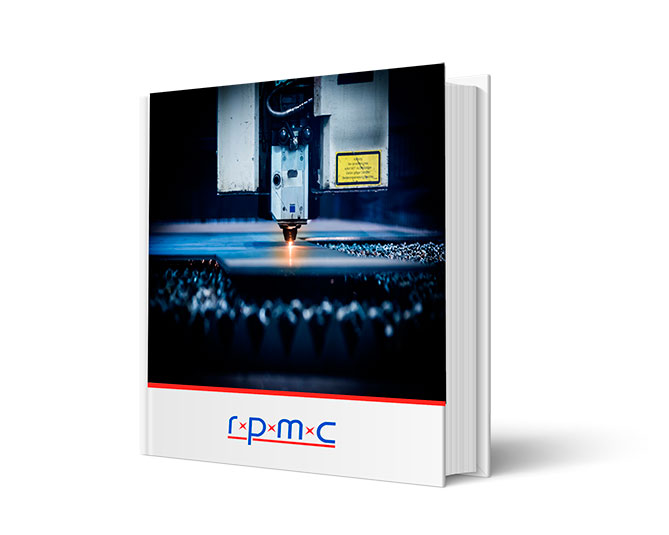SPECTROLIGHT Inc. Lasers
RPMC Lasers is the Exclusive Source for SPECTROLIGHT’s Lasers in North America
Broad Wavelength Coverage (410-2400nm) & Tunable Pulsed Solutions
-
-
-
-
- Tunable wavelength options from VIS-SWIR for versatile applications
- Choose fixed or variable bandwidth configurations for precise control
-
-
-
Advanced, User-Friendly Picosecond Supercontinuum & Tunable Lasers
-
-
-
-
- TLS system based on SL-Pico (provides broadband white light w/ ps pulses)
- Plug-and-play systems with easy-to-use software & no alignment needed
-
-
-
Versatile & Proven Laser Solutions for Various Applications
-
-
-
-
- High-performance lasers w/ wavelength, bandwidth & real-time power tuning
- Award-winning, innovative solutions for spectroscopy, imaging & beyond
-
-
-
Why Choose SPECTROLIGHT?
Broad Wavelength Coverage (410-2400nm) & Tunable Pulsed Solutions
-
-
-
-
- Choose the required wavelengths according to your application needs
- Tunable power & wavelength: VIS, IR, SWIR, or a custom configuration
- TLS-Red features a variable bandwidth – TLS-Blue has a fixed bandwidth
- Simultaneous tuning of center wavelength & bandwidth (TLS-Red)
- SLMV versions have a tunable repetition rate (10 kHz to 40 or 200 MHz)
-
-
-
Advanced, User-Friendly Picosecond Supercontinuum & Tunable Lasers
-
-
-
-
- Ultra-broadband supercontinuum lasers & wavelength tunable lasers
- Broadest continuously tunable broadband picosecond lasers
- SL Pico Supercontinuum Laser – Broadband white light output w/ ps pulses
- Easy to setup – Plug-and-play system – No alignments or adjustments
- Easy-to-use software control simplifies system setup & operation
-
-
-
Versatile & Proven Laser Solutions for Spectroscopy, Hyperspectral Imaging & More
-
-
-
-
- Highly reliable, high-performance, market-driven solutions
- Power, wavelength & real-time power control for versatile requirements
- Advanced precision, collimation & coherence vs older technology
- Leading global manufacturer developing and producing innovative broadband tunable filters and tunable light source systems
- Recipient of several LFW Innovator’s Awards, a Prism Award Finalist & highlighted in the 2024 Review of Spectroscopic Instrumentation
-
-
-
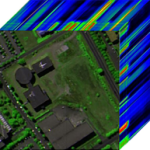
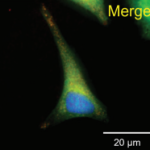
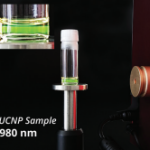
SPECTROLIGHT Inc. is a leader in broadband tunable and supercontinuum laser technology, offering solutions that span a wide wavelength range from 410 nm to 2400 nm. These lasers are engineered for precision, with options like TLS-Blue’s fixed bandwidth or TLS-Red’s variable bandwidth, allowing simultaneous tuning of both center wavelength and bandwidth for tailored application needs. The SL Pico Supercontinuum Laser delivers broadband white light output with picosecond pulses, providing plug-and-play ease with no alignment required. SPECTROLIGHT’s user-friendly software streamlines operation, making it simple to control power and wavelength settings in real time. Recognized globally for their innovation, they offer advanced, market-driven laser systems suitable for spectroscopy, , and more. As a proven leader, SPECTROLIGHT continues to drive technological advancements with award-winning solutions that enhance precision, collimation, and coherence across a wide range of research and industrial applications.
Their broadband, tunable laser systems support various academic applications, including fluorescence microscopes, hyperspectral imaging, non-destructive material testing, perovskite solar cell research, and spectroscopy. Industrial applications include semiconductor wafer inspection, medical diagnostics, and sensor calibration.
Let us help find the right solution for you!

 SHIPS TODAY
SHIPS TODAY 